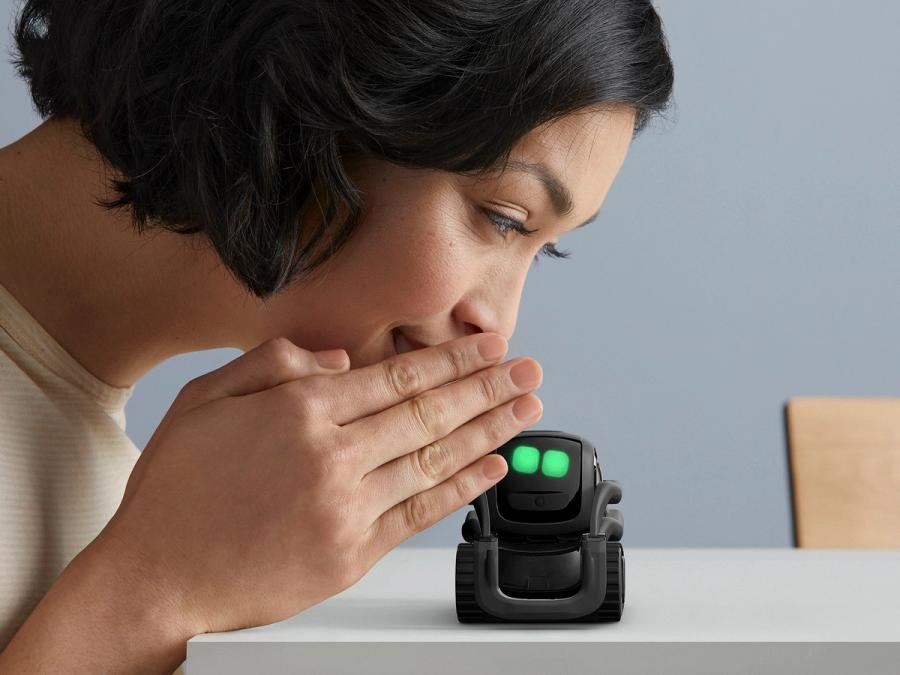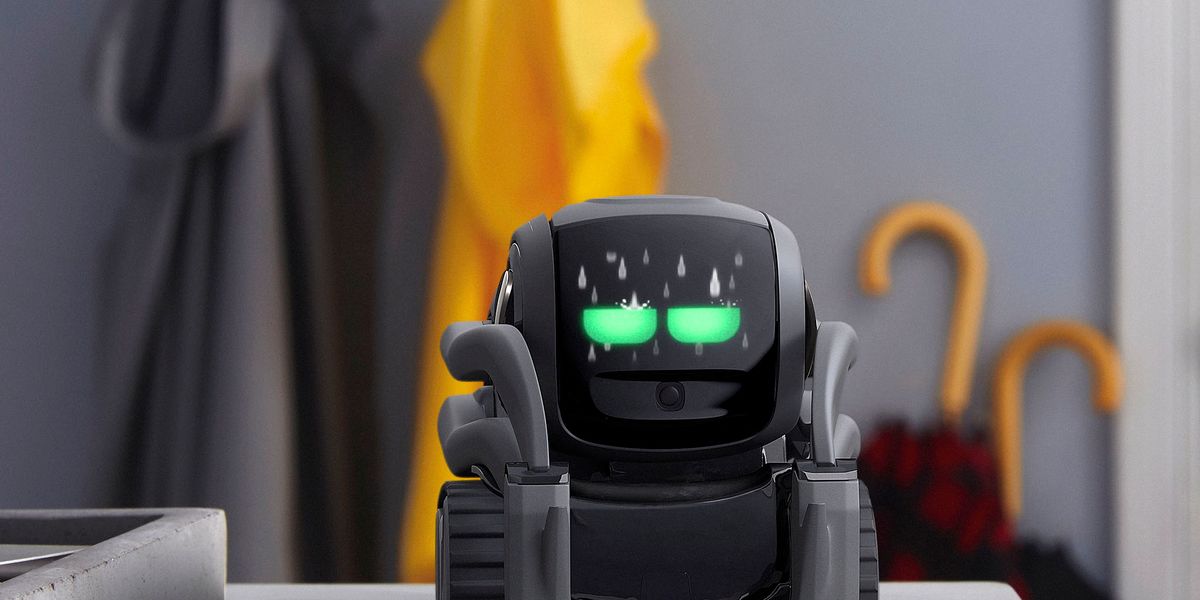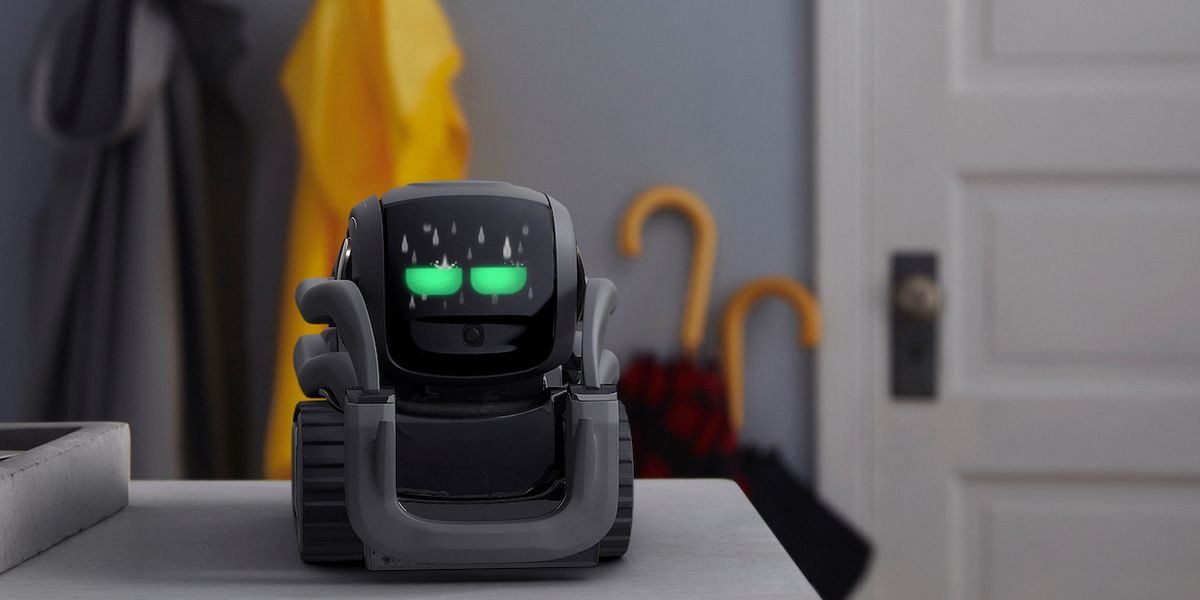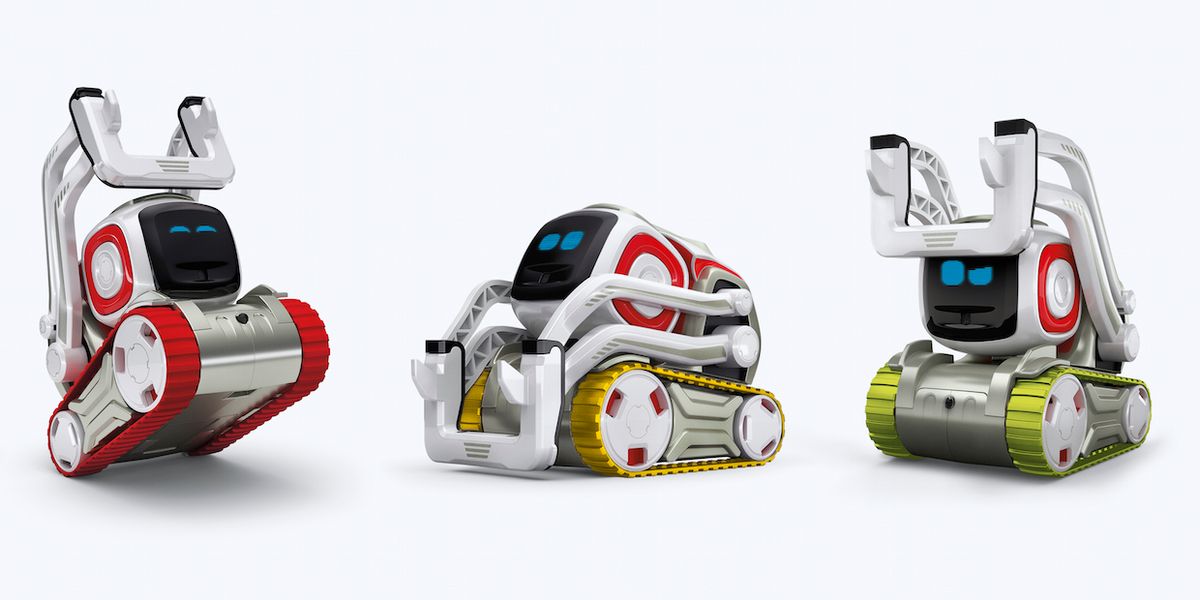Vector

Vector is a little AI-powered robot that is packed with technology—and character. It's designed as a robot companion and helper for people at home.
- Creator
(Vector was originally developed by Anki, which shut down in 2019.)
- Year
- 2018
- Country
- United States 🇺🇸
- Categories
- Features
Did you know?
Vector loves fist bumps. If he asks you for one, don't leave him hanging!

History
Vector was developed by Anki, a San Francisco startup founded by Boris Sofman, Mark Palatucci, and Hanns Tappeiner, who met as students in the PhD program at Carnegie Mellon's Robotics Institute. The company's first products were the robot racing games Anki Drive and Anki Overdrive in 2013 and 2015, respectively. They were followed by Cozmo, a small programmable robot, and then Vector, a social AI-powered robot released in 2018. Anki raised a total of US $182.5 million from Andreessen Horowitz, JP Morgan, and other investors. In April 2019, after failing to secure a critical round of funding, Anki shut down. Later that year, Anki assets, including Overdrive, Cozmo, and Vector, were acquired by Digital Dream Labs, in Pittsburgh, Pa. The company now offers Vector 2.0, which received both hardware and software upgrades, on its website.

Specs
- Overview
Able to answer questions using speech recognition and synthesis. Uses expressive LCD face to interact and engage users. Creates maps using single-point laser and navigates using SLAM. Convolutional neural network running on board for people detection and other tasks.
- Status
Ongoing
- Year
2018
- Website
- Width
- 6 cm
- Height
- 7 cm
- Length
- 10 cm
- Weight
- 0.16 kg
- Sensors
HD camera with 120 degree field of view, time-of-flight laser distance sensor, cliff sensors, capacitive touch sensors, four-microphone array.
- Actuators
DC motors
- Compute
1.2 GHz quad-core Qualcomm Snapdragon
- Software
Custom OS, SDK
- Power
Lithium-ion battery
- Cost
- $250







